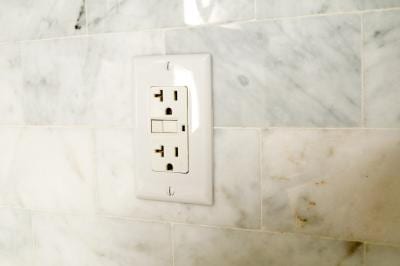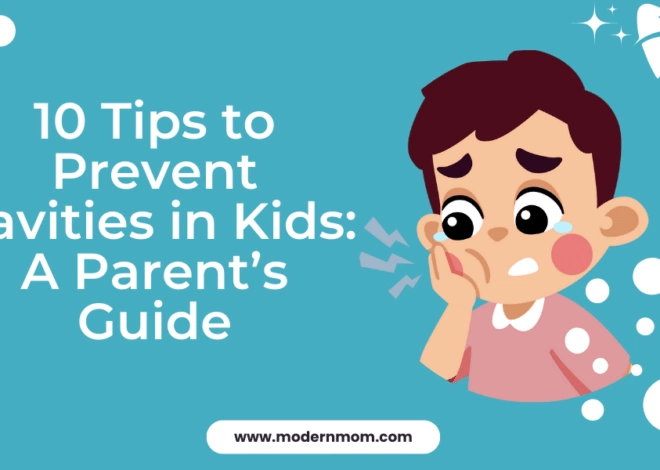The National Safety Council reports that preventable injuries and deaths are on the increase in homes across America, with potential electrical hazards found in every home. Many electrical hazards, which can cause serious injury or even death, are the cause of childhood accidents. To protect your child’s well-being, it’s important to identify safety hazards in and around your home.
Types of Injuries
According to the American Academy of Pediatrics, electric shock injuries among toddlers and young children happen most often when a child bites into an electrical cord or pokes a metal object into a socket or electrical appliance. Injuries also occur when a child comes into contact with electric current while she is sitting or standing in water. Electrical shock can cause burns and damage to the heart or brain. Severe electrical shock can also cause a spinal fracture.
Common Risks
Electrical outlets pose a dangerous hazard to children who try to place objects into the slots. Cords hanging from appliances or electronic equipment that are within reach of little hands are another safety risk. Small kitchen appliances located near the sink can be particularly dangerous. The bathroom poses similar risks. Small appliances should be kept well out of a child’s reach and away from sources of water, such as the sink, bathtub and shower. Power lines outside the home can be dangerous to children who climb trees or when kites, balloons or other toys get tangled in the lines.
What To Do
Pull the plug or shut off the power if you child comes into contact with electricity. Once the current is turned off, check your child’s breathing. In cases where your child is conscious and the shock appears to be minor, look for burned skin and then call 911 as electric shock can damage internal organs. If your child’s breathing is irregular or has stopped, immediately perform CPR while someone else calls for emergency medical assistance.
Electric Baseboard Heaters
Electric baseboard heaters can be a danger to babies when they first start crawling. Rearrange the furnishings in a room to hide the heaters from your child’s sight. Try to block your child’s pathway to the heaters without blocking the circulation of heat. Another option is to create a play center in the middle of the room to keep your child away from the baseboard heaters.
Prevention
When safety proofing your home, put child safety covers on all unused electrical outlets. These small, plastic caps are an easy and inexpensive way to prevent potentially serious injury. Computers, televisions, DVD players, stereos and other electronic equipment should be placed against walls so that young children are unable to get to them. Keep small appliances unplugged when not in use. To prevent babies and toddlers from chewing on cords, bind any extra length of cord from lamps and other electrical equipment with a twist tie. Continuous adult supervision is the best prevention.
Safety Education
Once your child is old enough to understand, start teaching her the basics of electrical safety. Show your child how to unplug cords by pulling the cord out of the socket by the plug rather than tugging on the cord. Teach younger children not to touch anything that has a cord attached. Never allow children to replace light bulbs until they are teenagers. Even then, make sure a child knows to turn off the light first and unplug it from the electrical outlet. Likewise, teach children never to touch any electrical appliances, cords, light switches or outlets when their hands are wet.





